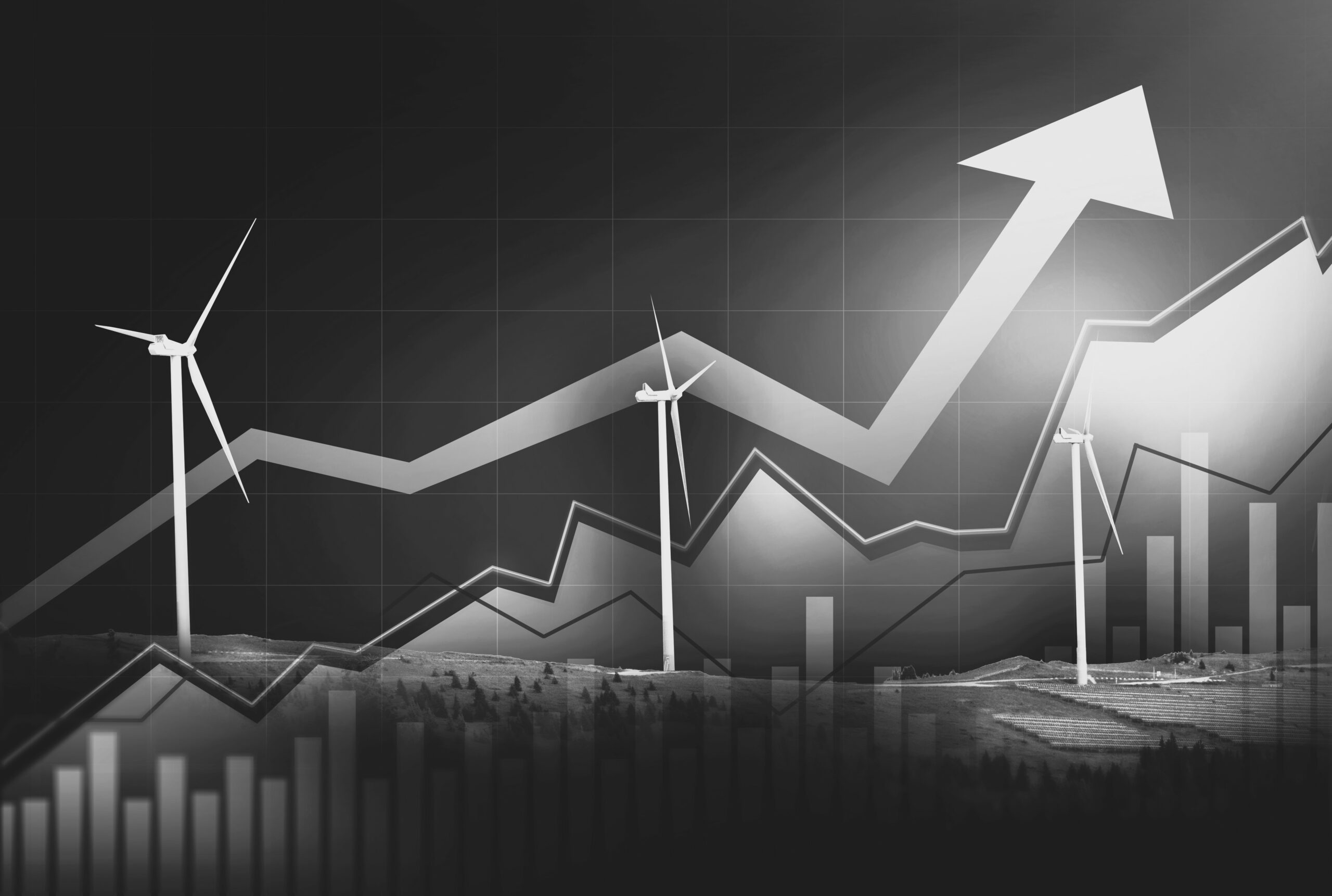Energy and low carbon transition in china

Date
17 février 2016Lieu
Salle Raymond Aron - Université Paris Dauphine-PSLDescription
PROGRAMME AND PRESENTATIONS
The Seminar on Research in Energy Economics at Paris-Sciences-Lettres (PSL) is jointly organized by the CERNA (MINES PARIS TECH), the CGEMP (Université Paris-Dauphine), the Chaire European Electricity Markets (Université Paris-Dauphine), and i3 (l’Institut interdisciplinaire de l’innovation), members of PSL. It is animated by François LEVEQUE (MINES PARIS TECH), Dominique FINON (Chaire European Electricity Markets, CNRS-CIRED) and Patrice GEOFFRON (Director, CGEMP, Université Paris-Dauphine).
Fergus Green, Policy Analyst, Grantham Institute on Climate change and Environment (LSE)
China’s “new normal”: structural change, better growth, and peak emissions
Presentation
In light of Chinese economic and policy trends affecting the structure of the economy and the consumption of fossil fuels, particularly coal, across power generation, industry and transport, it appears that the peak in China’s carbon dioxide emissions from energy, and in overall GHG emissions, is unlikely to occur as late as 2030, and more likely to occur by 2025. It could well occur even earlier than that. This suggests that China’s international commitment to peak carbon dioxide emissions “around 2030” should be seen as a conservative “upper limit” from a government that prefers to underpromise and over-deliver. It is important that governments, businesses and citizens everywhere understand this fundamental change in China, reflect on their own ambitions on climate change, and adjust upwards expectations about the global market potential for low-carbon and environmental goods and services.
After the emissions peak, to reduce its emissions at a rapid rate, China will need to deepen its planned reforms in cities and in the energy system, supported by a concerted approach to clean innovation, green finance and fiscal reforms.
Grantham Policy Report, June 2015, co-authored with Nicholas STERN
Xin Wang, Research Fellow, Institut du Développement Durable et des Relations Internationales
Exploring linkages among China’s 2030 climate targets
Presentation
China published its Intended Nationally Determined Contribution (INDC) to the UNFCCC on 30 June 2015. In this document, China promised to reach its CO2 emissions peak no later than 2030, reducing its carbon intensity by 60–65% by 2030, relative to the 2005 level, and to increase the share of non-fossil fuels in primary energy consumption to 20% by 2030. Using a simple method and official data, this article aims to explore the linkages among these three targets. The carbon emissions peak and the non-fossil fuel share of the energy mix can be considered as two main pillars of China’s post-2020 climate pledges. To understand the relation between the two targets, we use a very simple non-modelling approach to demonstrate the implications of the achievement of China’s non-fossil fuels target in terms of its carbon emissions peak and the linkage between achieving carbon intensity and non-fossil fuel targets under different growth and energy elasticity assumptions. We illustrate the relationship between the 2030 non-fossil fuels target and the carbon emissions peak, highlighting the potential inconsistency between GDP carbon intensity and non-fossil fuels targets.
We show that as long as China achieves its 2030 non-fossil fuel target, its carbon emissions peak can be attained prior to 2030. We provide a panoramic view of the link between carbon intensity and non-fossil fuel targets with different levels of GDP growth rate and energy elasticity. Two further conclusions based on this finding are: first, that a GDP carbon intensity target may help to control the absolute level of the carbon emissions peak, but it could be inconsistent with the development of non-fossil fuel power; and second, that a GDP energy intensity objective, together with a non-fossil fuel target, is necessary to ensure target coherency.
Paper co-authored with Shuwei Zhang and published in Climate Policy, January 2016
